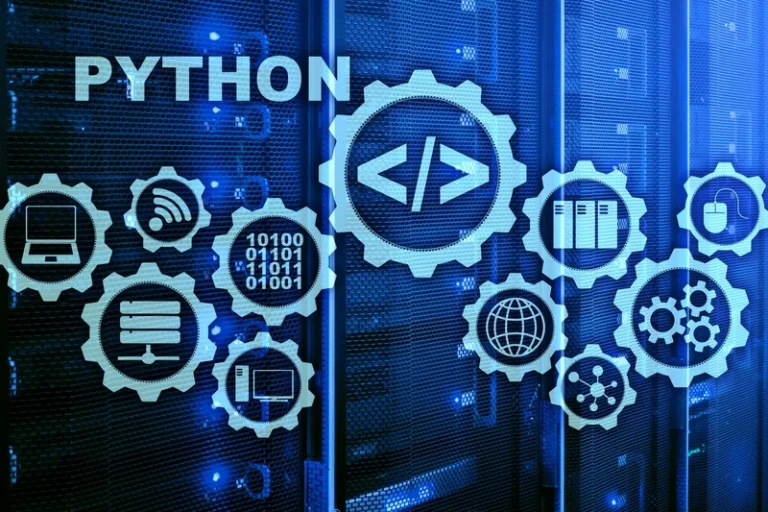It is critical that teams build in security without slowing down their integration and delivery cycles. Moving security testing to earlier in the life cycle is one of the most important steps to achieving this goal. This is especially true for DevSecOps organizations that rely on automated security testing to keep up with the speed of delivery. It builds code, runs tests, and helps you to safely deploy a new version of the software. CI/CD pipeline reduces manual errors, provides feedback to developers, and allows fast product iterations. A key characteristic of the CI/CD pipeline is the use of automation to ensure code quality.

The tool makes it more convenient for developers to integrate changes to the project. CI begins in shared repositories, where teams collaborate on code using version control systems (VCS) like Git. A VCS keeps track of code changes and makes them easy to revert if something breaks.
How continuous integration improves collaboration and code quality
The pipeline must ensure the output is always stabilized with the same input without oscillations in runtime. When the release process gets streamlined in the CI/CD process, product updates are much less stressful for the development team. Before diving into the whats and whys of Continuous Integration and Continuous Delivery (CI/CD) pipeline, let’s start with how it has become a trend in the software delivery domain.
Now, consider the CI/CD pipeline as the backbone of the DevOps approach. This Pipeline is responsible for building codes, running tests, and deploying new software versions. The Pipeline executes the job in a defined manner by first coding it and then structuring it inside several blocks that may include several steps or tasks. CI build tools automatically package up files and components into release artifacts and run tests for quality, performance, and other requirements. After clearing required checks, CD tools send builds off to the operations team for further testing and staging.
What is a CI/CD Pipeline?
Once the build is completely validated and stakeholders have confidence in the build’s stability and integrity, it can be deployed to an actual production environment. In a continuous deployment pipeline, once the build passes pre-deployment testing, it is automatically deployed to production. CI/CD, which stands for continuous integration (CI) and continuous delivery (CD), creates a faster and more precise way of combining the work of different people into one cohesive product. Continuous deployment enables organizations to deploy their applications automatically, eliminating the need for human intervention. With continuous deployment, DevOps teams set the criteria for code releases ahead of time and when those criteria are met and validated, the code is deployed into the production environment.

When it comes to being enterprise-ready, IBM Cloud Continuous Delivery is the cloud infrastructure and experience made for DevOps. Build, deploy and manage your applications with toolchains, https://www.globalcloudteam.com/ pipelines and tool integrations designed for DevOps with the power of the cloud. Jenkins is an automated CI server written in Java and used for automating CI/CD steps and reporting.
How does CI/CD relate to DevOps?
Note that CI/CD based in the cloud function basically the same but rely heavily on tools and services native to the cloud provider’s platform. For example, here is a walkthrough to build a CI/CD pipeline based on Azure DevOps and GitHub. The entire process helps us understand how the whole Pipeline is configured. Using similar types of steps, different kinds of automation pipelines can be configured. Continuous Integration is a practice that integrates code into a shared repository. Continuous Integration doesn’t eliminate bugs but helps in finding and removing them quickly.
In fact, major breaches have been discovered in OSS (open source software) and we should use tools and techniques that flag these errors and force the pipeline to abort. DAST (dynamic analysis security testing) is a proven way to discover security vulnerabilities. Integrate your performance tests with the pipeline, and use the benchmarks to pass or fail pipelines. A common myth is that performance tests do not need to integrate with continuous delivery pipelines, however, that breaks the continuous paradigm. Frequency indicates that pipelines execute at any time to release features since they are programmed to trigger with commits to the codebase.
What is Continuous Integration, Continuous Delivery, and Continuous Deployment?
For example, find and fix a syntax error in the source code at the build stage, rather than waste time and effort during the testing phase. Categorizing and analyzing errors can also help businesses improve the development skills and processes. These steps are typically automated with scripts or through workflows in automation tools. Deployments also usually connect to error reporting and ticketing tools to find unexpected errors after the build is deployed and alert developers. Users can also submit bug tickets to denote real or perceived errors with the release.
- We combine the source code and its dependencies to build a runnable instance of our product that we can potentially ship to our end users.
- This step ensures developers only commit code to version control after code changes have passed regression tests.
- And DevOps and Development teams can use these logs to debug issues faster.
- With continuous deployment as part of a complete CI/CD pipeline, companies are able to consistently respond and adapt to user expectations and incorporate user feedback with smaller, frequent updates.
- A continuous integration and continuous deployment (CI/CD) pipeline is a series of steps that must be performed in order to deliver a new version of software.
Container images can define the development environment, testing or staging environment, and production environment. The same container image with slight differences can be promoted throughout the pipeline, enabling consistency in development and testing. In a CI/CD process, containers can be used to deploy a build to every stage of the pipeline. One particularly frustrating scenario is an automated update that switches on and forces a new version update on a critical process. In addition to interrupting the process, the new version might present compatibility issues for the existing CI/CD pipeline. The teams then have to restructure the overall CI/CD deployment process to support the new version.
Start building with pipelines on CircleCI
It is done mainly to build a runnable instance of software that you can potentially ship to the end-user. As the business continues to grow, the CI/CD tools must scale just as quick to meet new demands. A powerful tool is the one that is programmable and applicable to the existing development workflows. Plus, the CI/CD configuration needs to be stored as codes that allow reviewing, versioning, and restoring for future uses. Throughout the pipeline, whenever there is an error, feedback will be instantly sent to the development team so that issues are immediately addressed.

It also enables configuration as code, which allows teams to manage testing, infrastructure, and more as versioned artifacts. Teams make CI/CD part of their development workflow with a combination of automated process, steps, and tools. They require teams to get manual approval in a change approval board (CAB) meeting.
What is CI or Continuous Integration?
Start by implementing basic unit tests that get executed automatically — there’s no need to focus yet on running complex end-to-end tests. Instead, you should try automating your deployments as soon as possible and get to a stage where deployments to your staging environments are done automatically. CI CD pipeline The reason is, if you have automatic deployments, you can focus your energy on improving your tests rather than periodically stopping things to coordinate a release. One of the largest challenges faced by development teams using a CI/CD pipeline is adequately addressing security.
